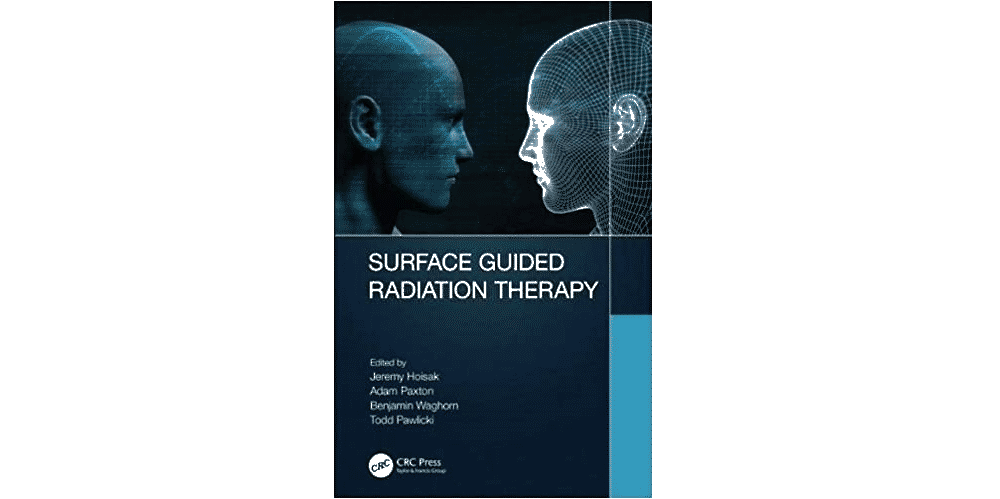Surface Guided Radiation Therapy Book

“The full potential of this technology is just starting to be unlocked”
An interview with the lead editor of the first textbook on SGRT
Jeremy Hoisak, PhD, DABR, is an Assistant Professor in the Department of Radiation Medicine and Applied Sciences at the University of California, San Diego. He is also the lead editor of a new textbook on Surface Guided Radiation Therapy (SGRT), the first to be published on the topic.
“One of our motivations for compiling this book was to encourage the utilization of SGRT for all types of cancer” he says. “Over the past decade, SGRT has most often been used for breast treatments and intracranial radiosurgery, and many clinicians want to learn more about the broader benefits that SGRT can bring to their clinical practice. Hoisak adds, “SGRT users have found that routine use of the technology in their clinical workflows reduces the possibility of errors in radiation treatment and that means an improvement in the quality of treatments, which directly benefits patients.”
Hoisak, who had been using SGRT as part of his clinical practice for 10 years, believes the time was right for a comprehensive reference on the subject.

“If you were new to SGRT, prior to the publication of this book, you would have needed to go through all of the existing literature on this subject, paper by paper,” says Hoisak. “There was no single resource you could turn to as a reference. Our intent was to create something that a new user could pick up and use as the basis to start up an SGRT programme, or that could serve as a textbook for students and trainees.”
Surface Guided Radiation Therapy provides a complete overview of optical surface image guidance systems for radiation therapy and is intended as a reference for anyone wishing to learn more about incorporating SGRT into their clinical practice. It features chapters written by internationally recognized physicists, radiation oncologists and therapists. The book covers the evolution of non-radiographic localization systems and their role in quality and safety, provides an overview of current SGRT systems, and includes practical guides to their commissioning and quality assurance.
“When we were writing the chapter about the evolution and history of SGRT,” says Hoisak, “it made me realise that using 3D optical imaging systems to localize the patient is really a logical evolution from the early days when we relied on lasers, light fields and our own eyes to align patients on the table.
The book also includes clinical application chapters by anatomic site, and covers emerging topics, including tattoo and mark-free setups, which Hoisak says are important for enhancing patient satisfaction and quality of life. “SGRT allows for the elimination of tattoos, which patients find painful – both physically and psychologically, and permits the use of minimally invasive and more comfortable immobilization, improving our patients’ experience when receiving radiation. SGRT also reduces setup times, thereby minimizing staff contact with patients and decreasing their overall treatment time, which is going to be a benefit in the current environment amid concerns around providing care for immuno-compromised patients.”
While preparing this book and assembling the knowledge of the pioneers and experts who have been involved in developing SGRT, Hoisak says, it became clear to him that the full potential of this technology is just starting to be unlocked. “Our hope is that the radiation therapy community will find the book to be useful in incorporating SGRT into clinical practice and that it will encourage and inspire further improvements and innovation for years to come.”
The book is now available for purchase in hardcover and eBook formats on Amazon and CRC Press.